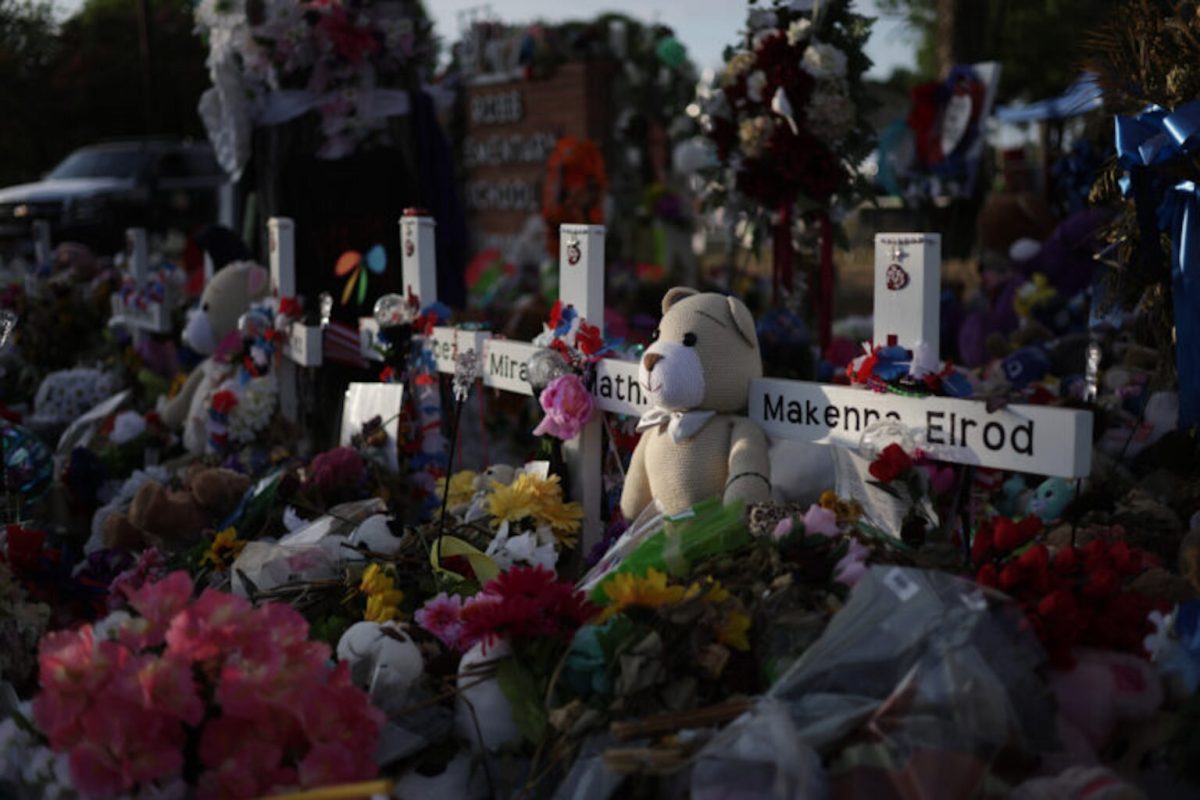What was once, for many, a sanctuary of learning and growth has now been replaced by a potential place of fear and uncertainty. Looking at the brutal casualties of school shootings such as Sandy Hook, Columbine, and Virginia Tech invokes the important question: How does the redundancy of such a horrifying event impact the minds of students? The possibility of a school shooting is a fear that every American student battles due to the increased frequency of occurrences. While the horrific nature of these shootings has depreciated over time, its consequent effects on students has become a headline of discussion.
The United States is the leading country for the most school shootings in the world, charting 288 incidents from 2009 to 2018, significantly exceeding countries such as Mexico and South Africa. The consistency of these events has led to numb association with school shootings. Looking at the US Government Accountability Office’s report in 2023, there were 346 school shootings, averaging around one shooting per day. California and Ohio saw twenty-five incidents, with Texas trailing closely at twenty-three shootings.
While the constant threat of school shootings are expected to cause concern for student safety, the persistent nature of these threats can lead to significant psychological distress. Especially among students, this is becoming increasingly apparent.
Freshman Aadhya Mamillapalli explains that although she doesn’t notice direct fear in her peers, “There is definitely tension when we mention the topic of shootings these days.”
The tension and stigma associated with school shootings can be particularly harmful, as it prevents individuals from seeking help or discussing their experiences openly. According to the US Government Accountability Office, “Half were committed by current or former students…such shootings were the most fatal and most commonly committed by students.” Through this statement, it can be seen that mass shootings primarily affect the students themselves, leading to, often, fatal consequences. In addition to inducing fear and stigma, school shootings also present an even bigger concern: the issue of desensitization.
The growing number of school shootings in the United States has led to a troubling trend: desensitization. As these tragic events become more common, many individuals may begin to view them as inevitable or less shocking. For example, the constant media coverage of school shootings has led to a sense of familiarity and normalization. While news stories often emphasize the statistics and details of school shootings, the emotional toll on victims, families, and communities is overlooked.
Ishaan Bindra, a sophomore at Archbishop Mitty confirms, “Every time I have opened a story relating to school shootings, the first thing I see is the number of people dead. Because of these stories, the people who died are just a number, not a real face, to us.”
The media’s focus on statistics can make it difficult for readers to connect with the human cost of these tragedies on an emotional level, ultimately desensitizing people to the situation.
While media coverage may contribute to desensitization, it also plays a large role in increasing awareness about gun violence and shootings. One notion could be that repeated news coverage of mass shootings is insufficient, focusing on the event itself, but merely scratching the surface without exploring the deeper underlying issues; on the other hand, it could be argued that excessive coverage is important. Sophomore Natalie Kim claims that the media coverage of school shootings is sufficient. She continues to explain that widespread awareness of the frequency and locations of these tragedies is crucial in spurring public opinion and driving action towards preventing future gun violence.
As a result of issues such as gun violence, almost every school in America is subjected to strict school safety policies in the case of different threats. Similar to many local schools, Mitty conducts regular drills in the potential case of a shooter on campus. Mitty also has strict protocols and directives for faculty, staff, and students in the circumstance of a shooting; however, the question of adequacy fills many parents’ and children’s minds because of the consistency of these school shootings.
Ultimately, it is a necessity that the safety protocol in every school is clear, directive, and effective. Unfortunately, the desensitization that our community is facing begs the question of whether or not these safety measures in our schools are in fact sufficient. As Kim continues to explain, “I feel very safe on campus and even though we don’t live in a country where these tragedies keep happening, the security protocols my school follows ensure that our safety is paramount.” Luckily, Mitty provides for a safe environment in a crisis situation.


